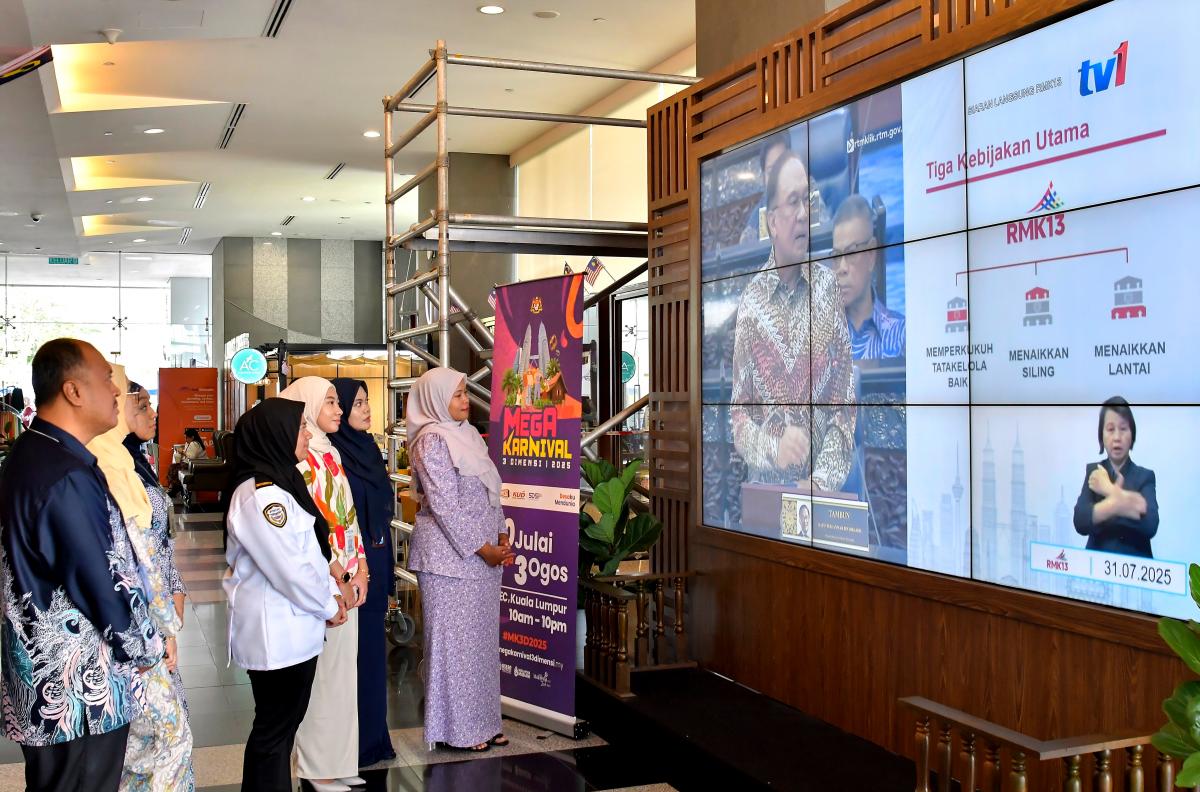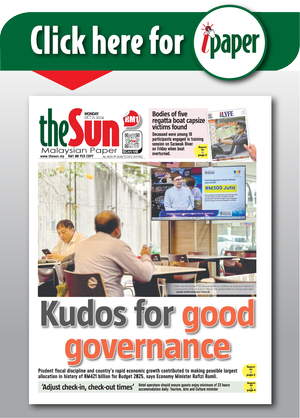PETALING JAYA: Malaysia’s 13th Malaysia Plan (13MP) has cast the green and blue economy as key pillars for driving high-value, sustainable growth by 2030, with initiatives ranging from carbon trading and hydrogen hubs to rare earth elements (REE) and maritime industries.
While some economists view these plans as a timely move to position Malaysia as an early mover in emerging markets, others caution that such initiatives are already largely market-driven and that deeper structural reforms will ultimately determine the country’s economic trajectory.
Putra Business School Associate Professor Dr Ida Yasin believes the green economy holds the greatest transformative potential for Malaysia.
“If Malaysia goes into carbon credit and carbon trading, we are not the first, but among the few in the market,” she said.
“We should take advantage of this early mover position, which could bring good returns to the country.”
She highlighted initiatives in hydrogen energy, solar-hydro hybrids and REE development as opportunities for Malaysia to create new value chains and strengthen its competitive position in the region.
“Green economy initiatives involve carbon trading, hydrogen hubs, solar, rare earth elements. These are new and we can leverage on them,” she said, adding that a balance must be struck between environmental risks and economic returns, particularly in REE mining.
Ida noted that Malaysia already has a solid base in maritime activities, ranking just behind Singapore in Asean for port and shipping capacity.
“We are leveraging what we already have. In terms of shipping and ports, we are among the best in the region after Singapore. The next step is to create more value, such as ship maintenance and related maritime services,” she said.
She also welcomed the government’s stated intent to involve small and medium enterprises (SMEs) more actively in these sectors.
“In the past, big projects were dominated by large corporations or GLCs. The Prime Minister mentioned giving SMEs opportunities. With proper training and retraining, they can adapt and benefit from new industries,” she added.
Assoc Prof Dr Pek Chuen Kee, who specialises in green economics, said the 13MP’s focus on high-growth high-value green sectors such as renewable energy, sustainable agriculture and green manufacturing could create new economic opportunities and reduce carbon emissions.
He also highlighted blue carbon projects, protecting mangroves and seagrass beds to capture carbon, as an area where Malaysia could lead regionally in nature-based climate solutions.
“Blue carbon ecosystems play a vital role in carbon capture, enhancing biodiversity and creating opportunities for carbon credit markets,” he said.
“This positions Malaysia as a leader in sustainable innovation while supporting global climate goals.”
However, Pek warned that environmental safeguards must keep pace with ambitious plans.
“Activities like rare earth mining pose significant threats to biodiversity and water systems. Without robust safeguards and long-term monitoring, these initiatives could undermine Malaysia’s sustainability goals,” he said.
He also called for stronger investment in talent development, saying Malaysia lacks skilled professionals in emerging green fields. “Integrating sustainability into higher education and building pathways for lifelong learning will be essential to ensure the workforce is ready for future green industries,” he said.
In contrast, Williams Business Consultancy Sdn Bhd founder and director Professor Geoffrey Williams argued that technology and green growth are already unfolding organically and do not require heavy government intervention.
“These are market-driven and government interference is unnecessary,” he said.
“The most important features (of the 13MP) are the social and structural elements. The extension of the minimum wage will help raise incomes and the review of the retirement age will spur discussion and reform of pensions.”
Williams said structural reforms, including improving wages, addressing the pension crisis, creating jobs to tackle underemployment, and expanding healthcare access, are critical to ensuring sustainable growth.
“There is some healthcare expenditure and some policy to address out-of-pocket expenses. This is a good focus of policy and one I had recommended,” he added.
The 13MP charts Malaysia’s economic path from 2026 to 2030, aiming for high-income status through adoption of artificial intelligence, high-growth high-value industries and sustainable growth. The plan outlines RM611 billion in total investments, combining government funding, government-linked company contributions and public-private partnerships.
The success of green and blue economy initiatives hinges on early mover advantages, as noted by Ida and Pek and structural reforms in wages, pensions, healthcare and SME participation, as stressed by Williams.









